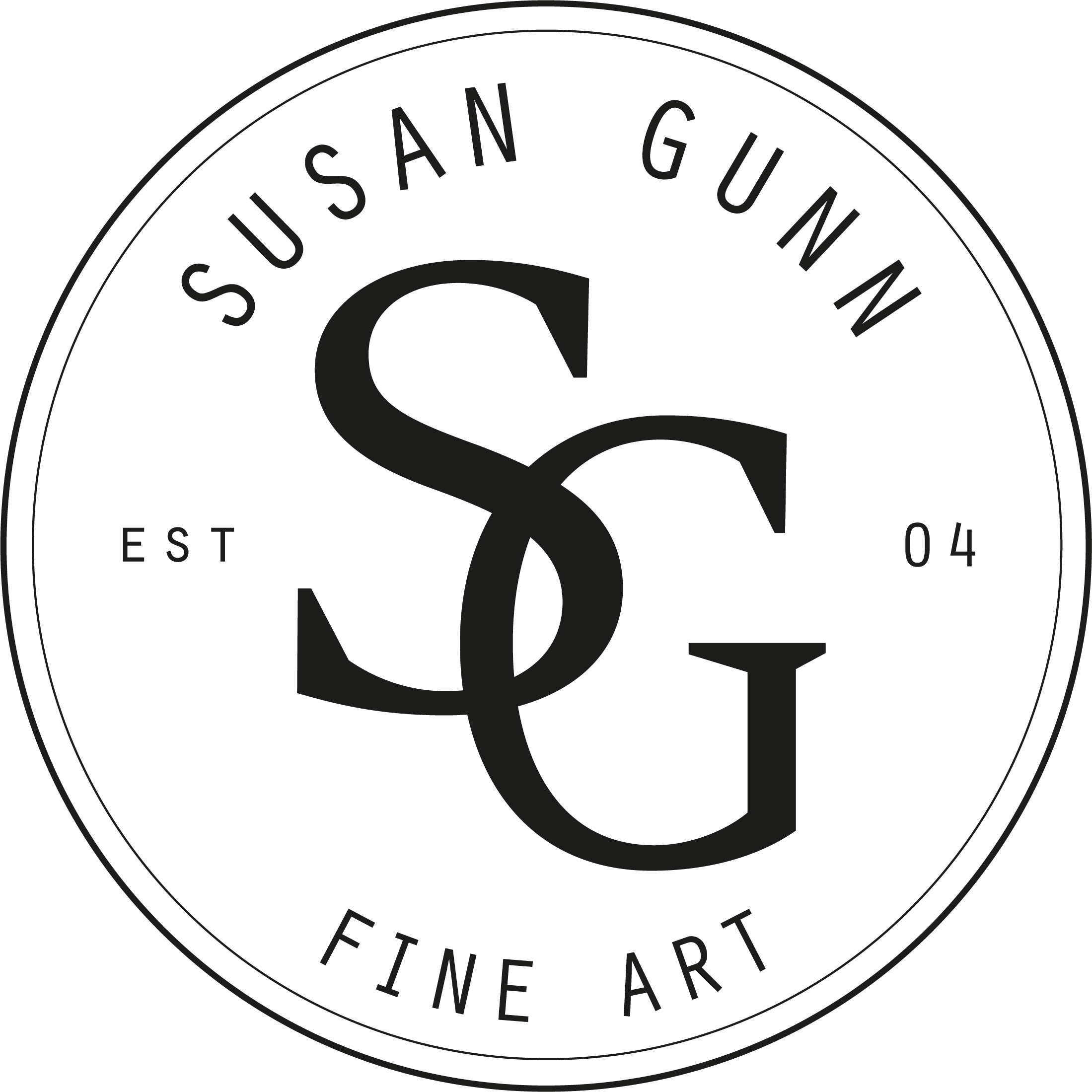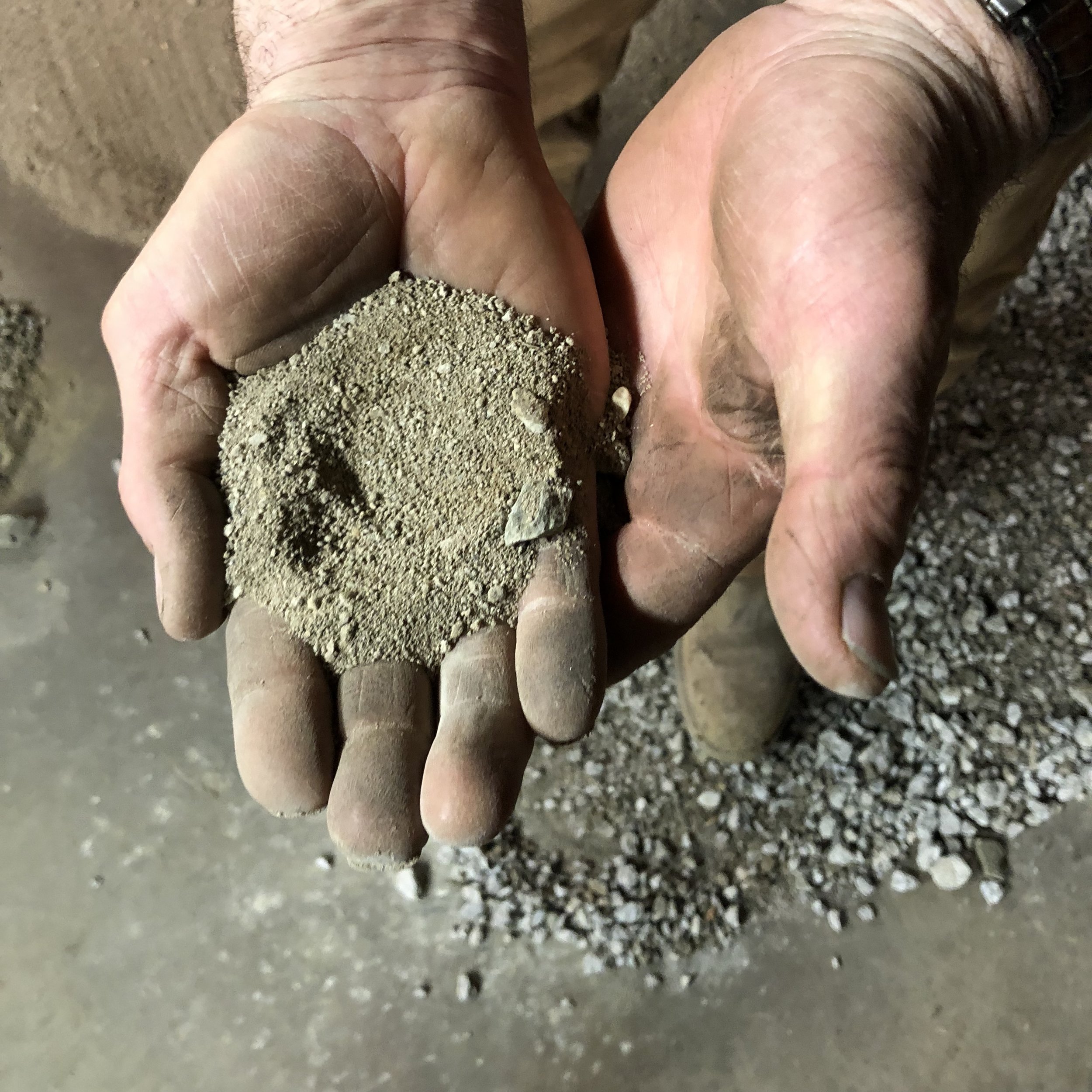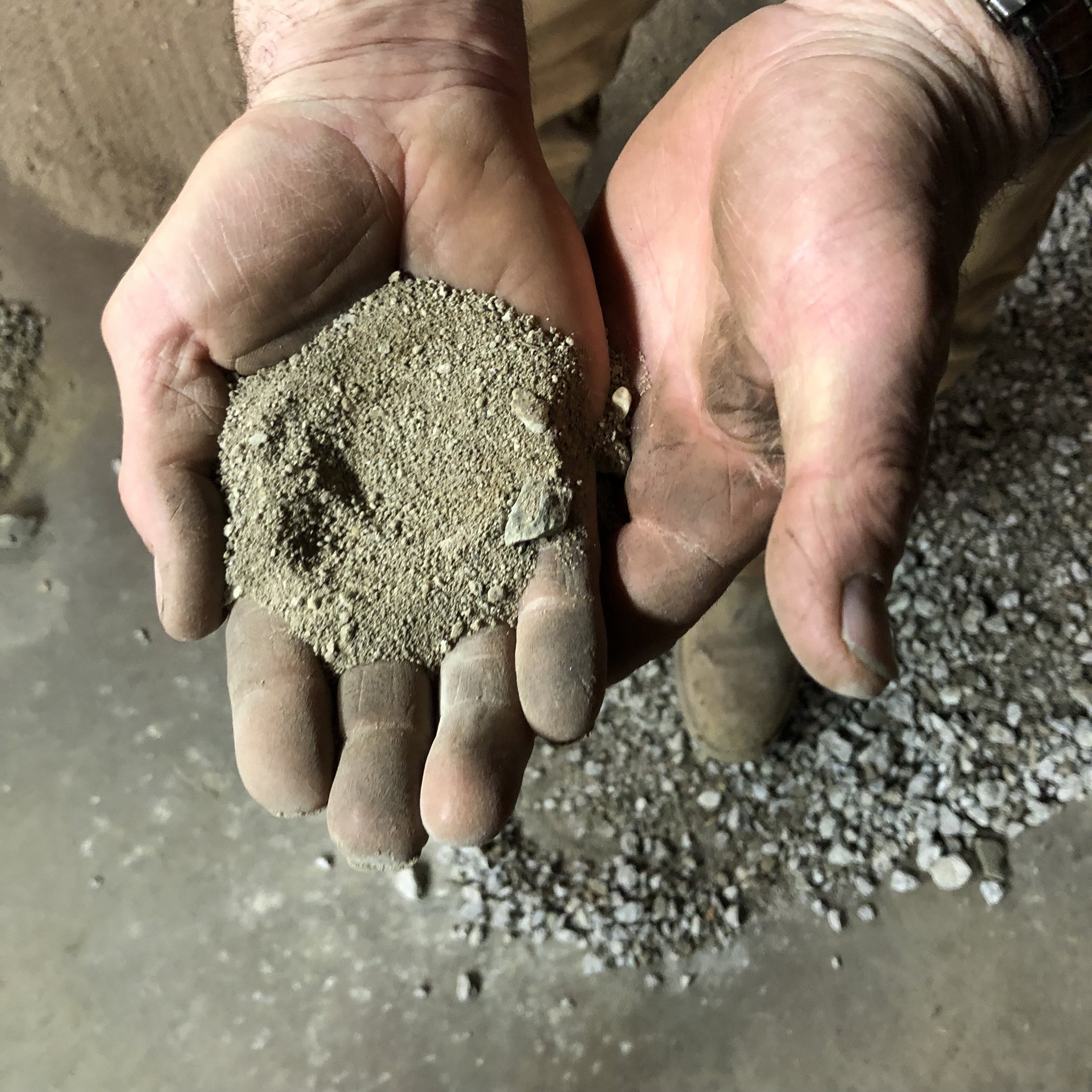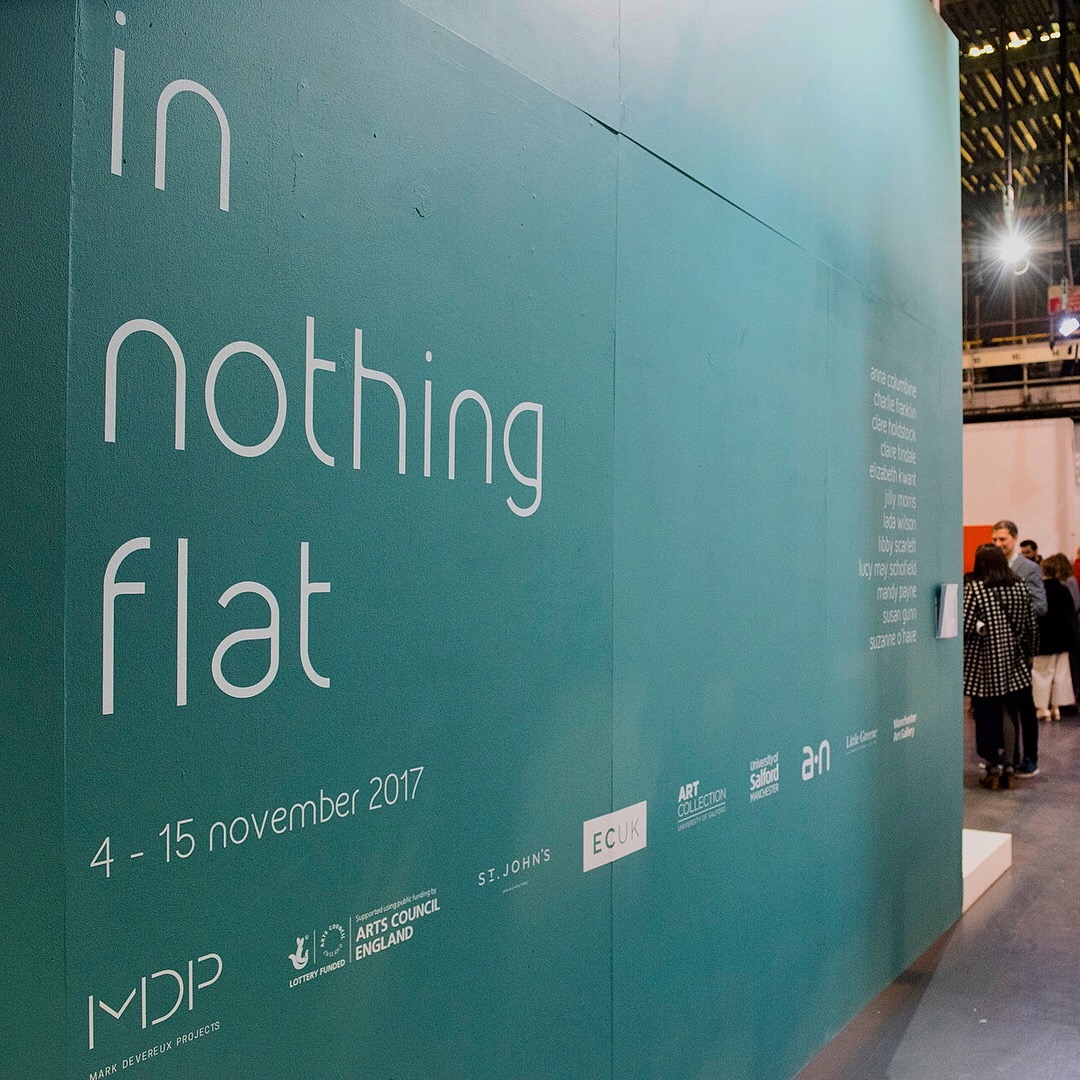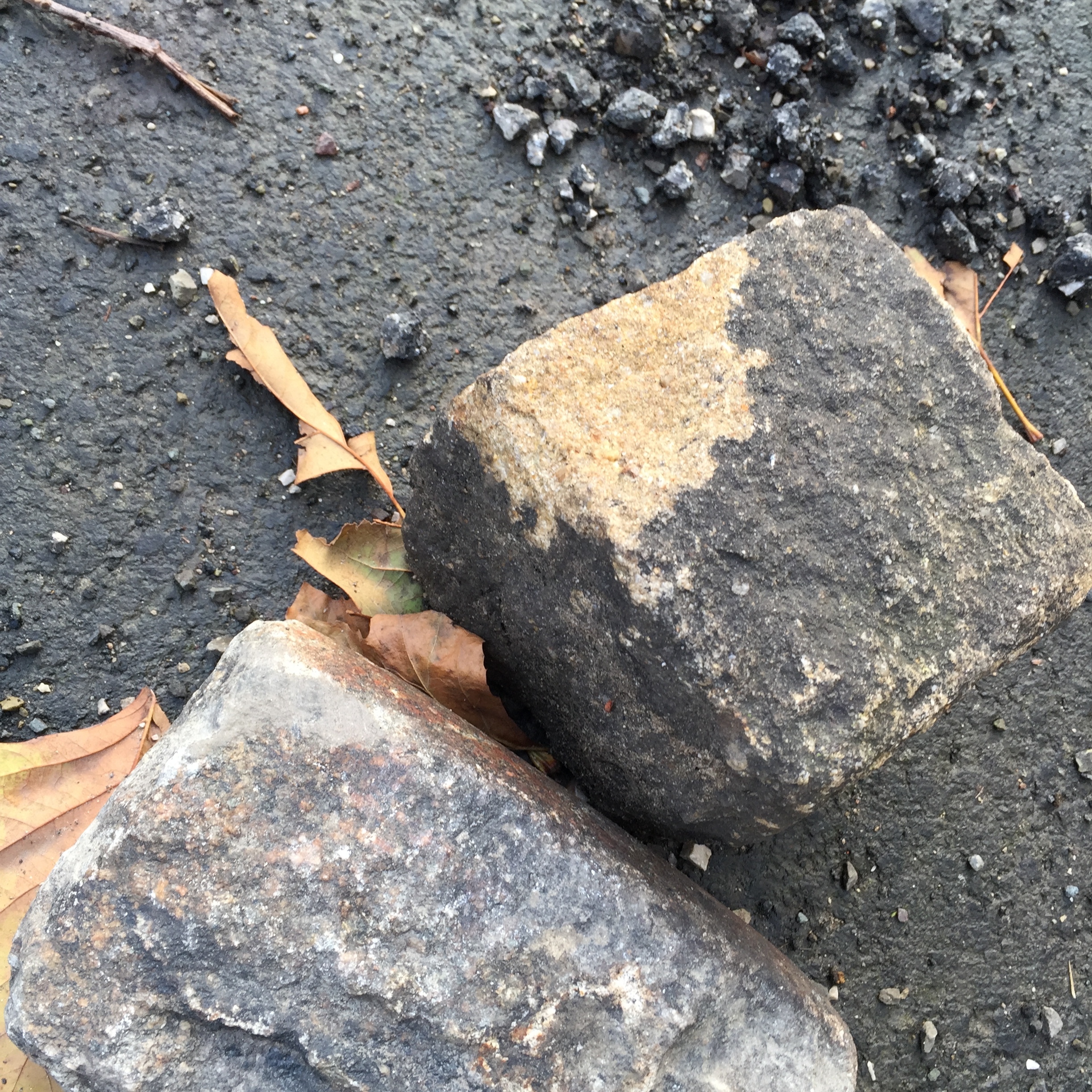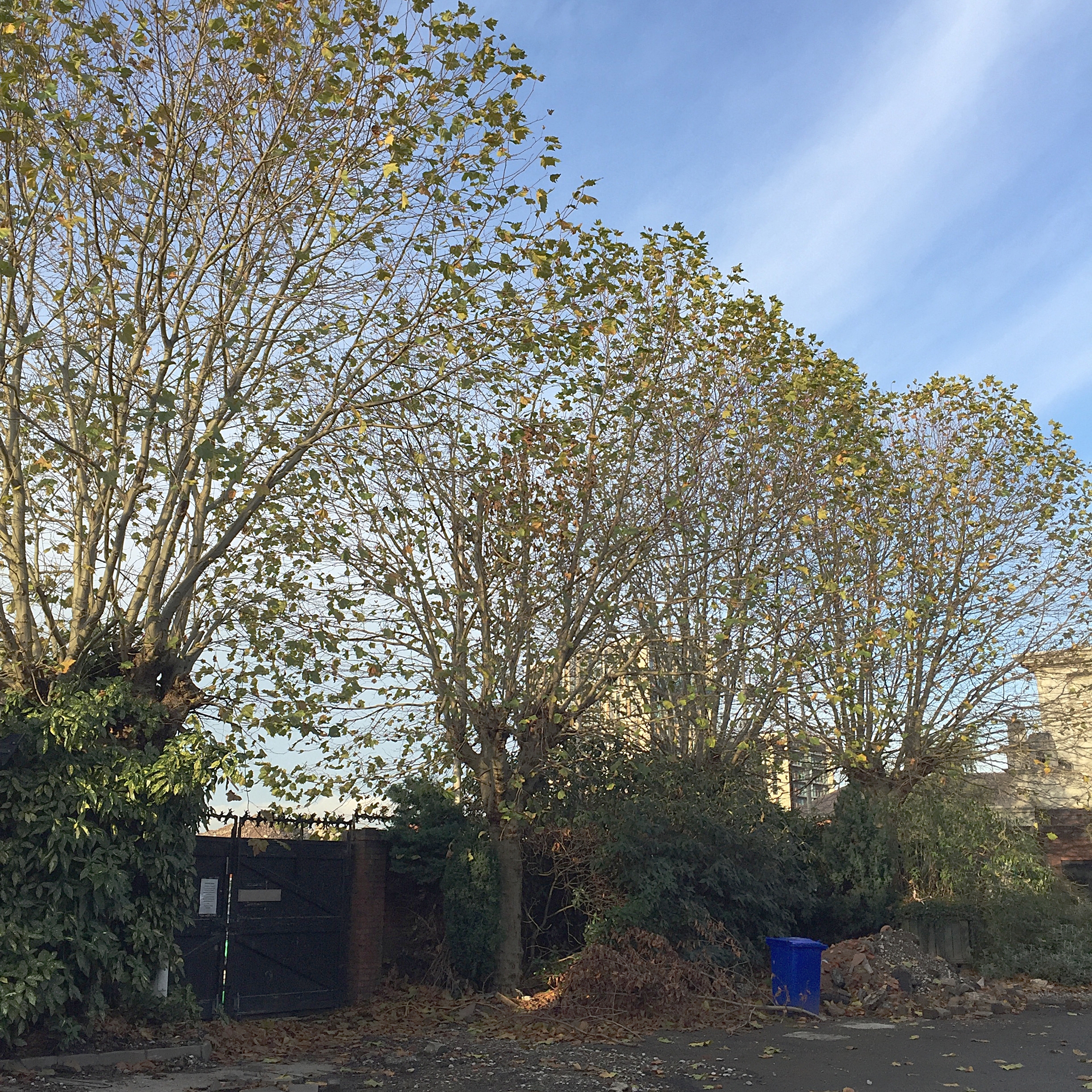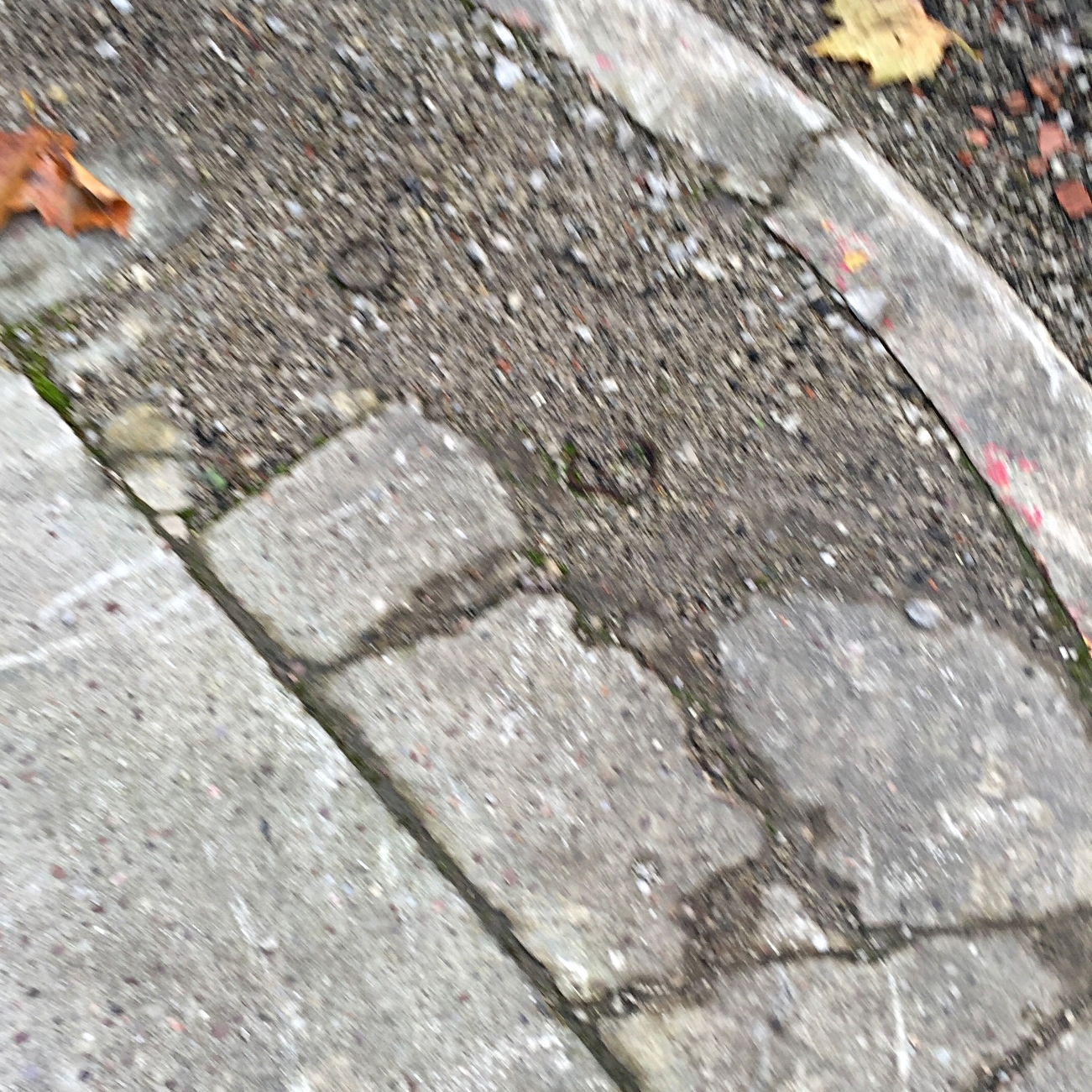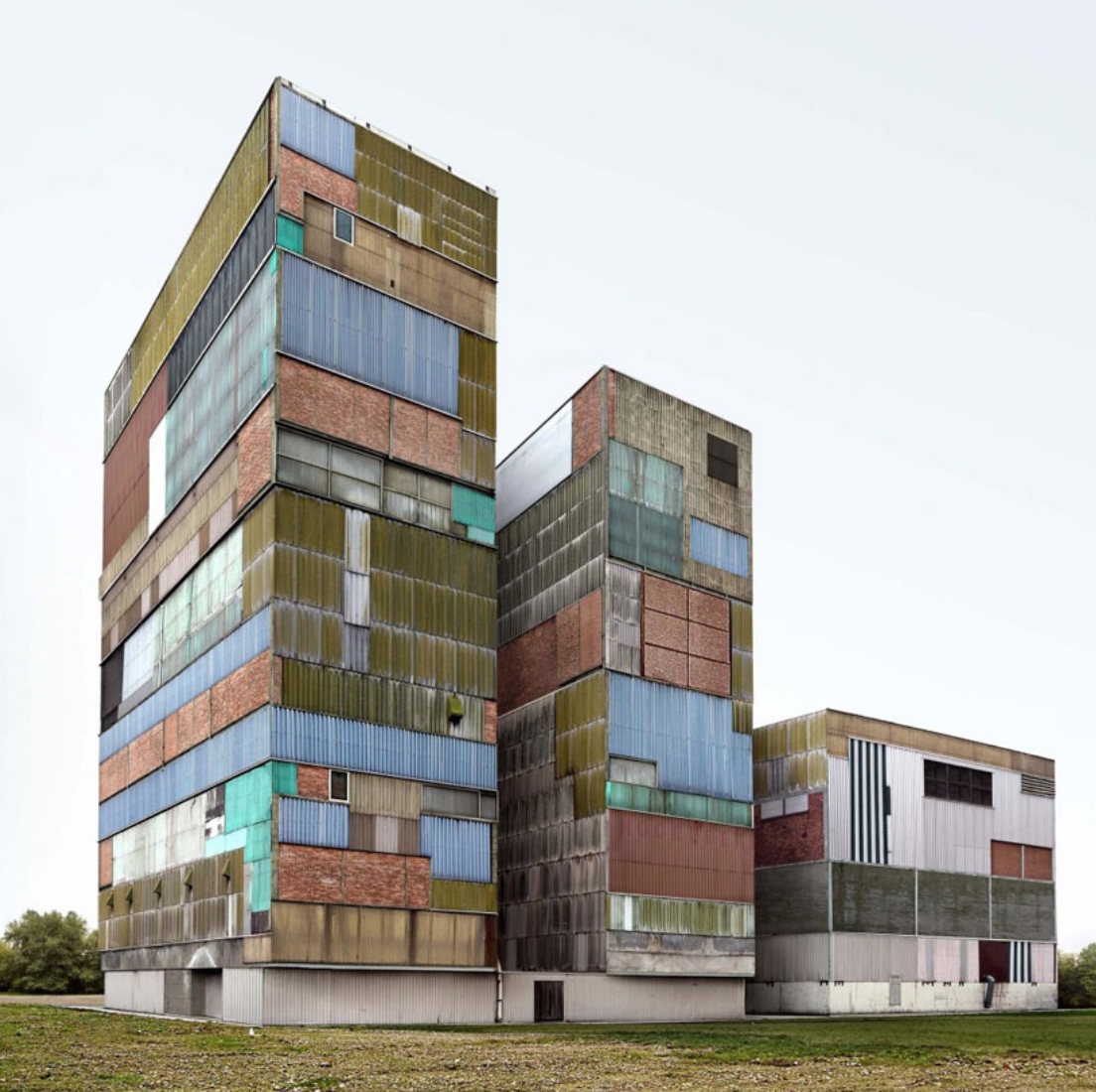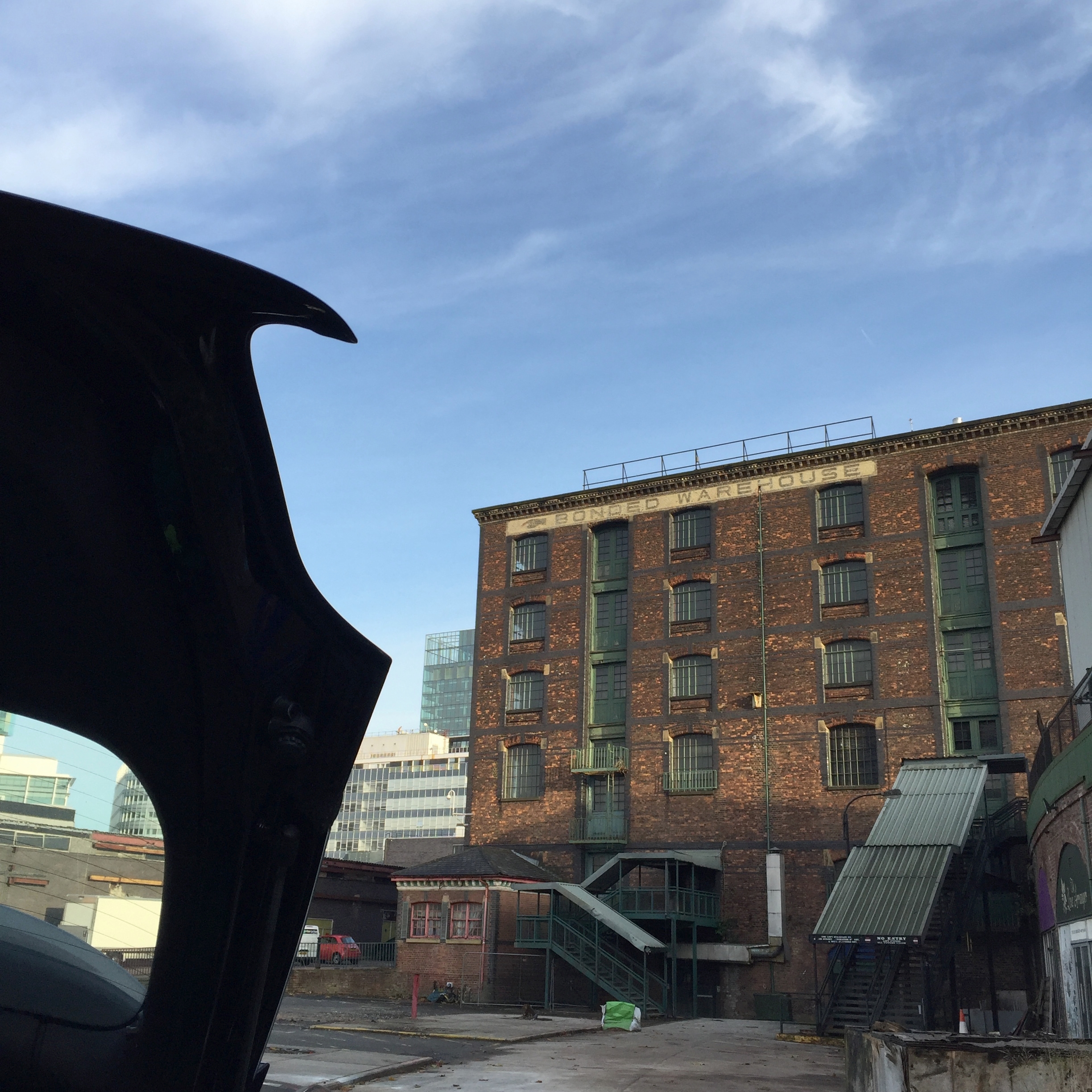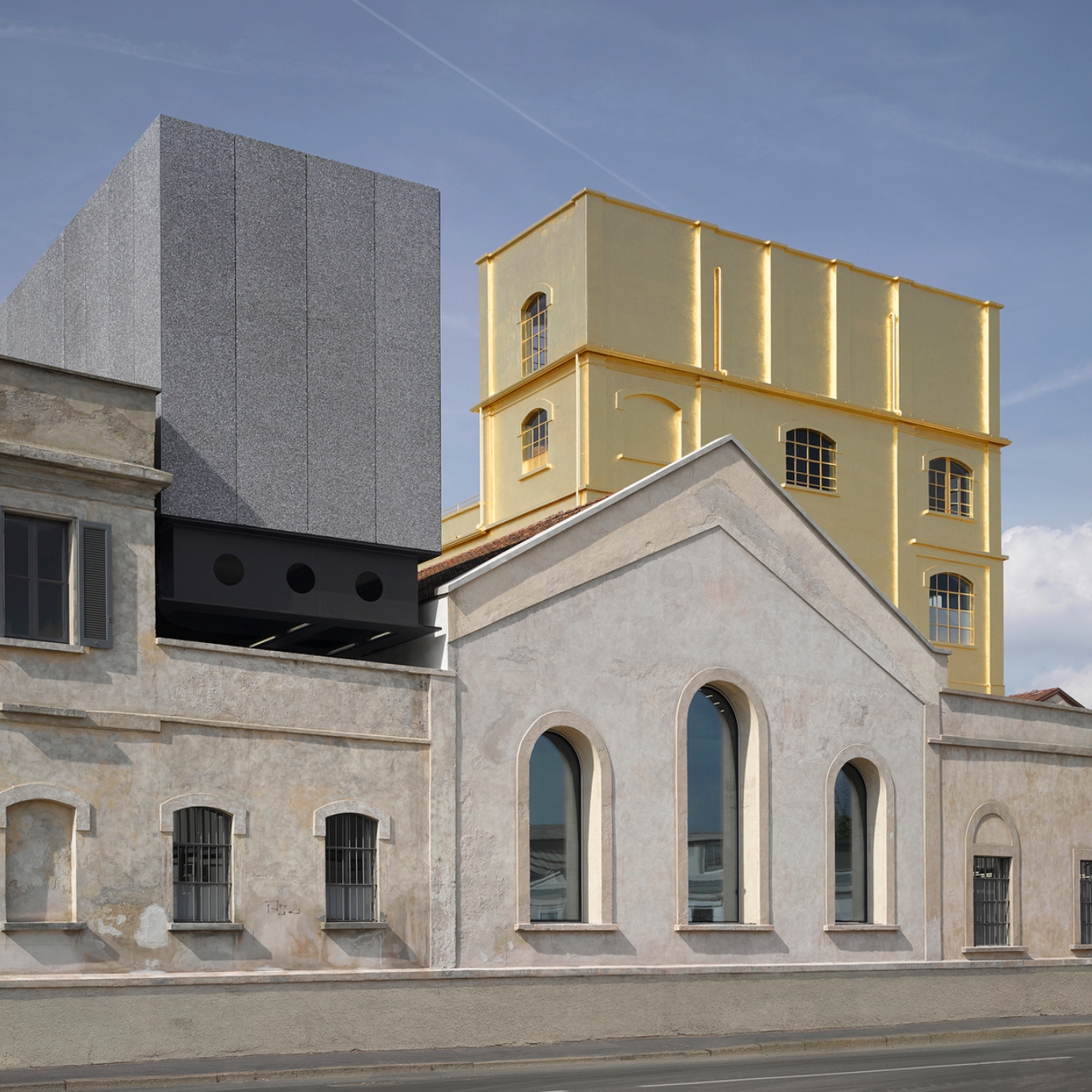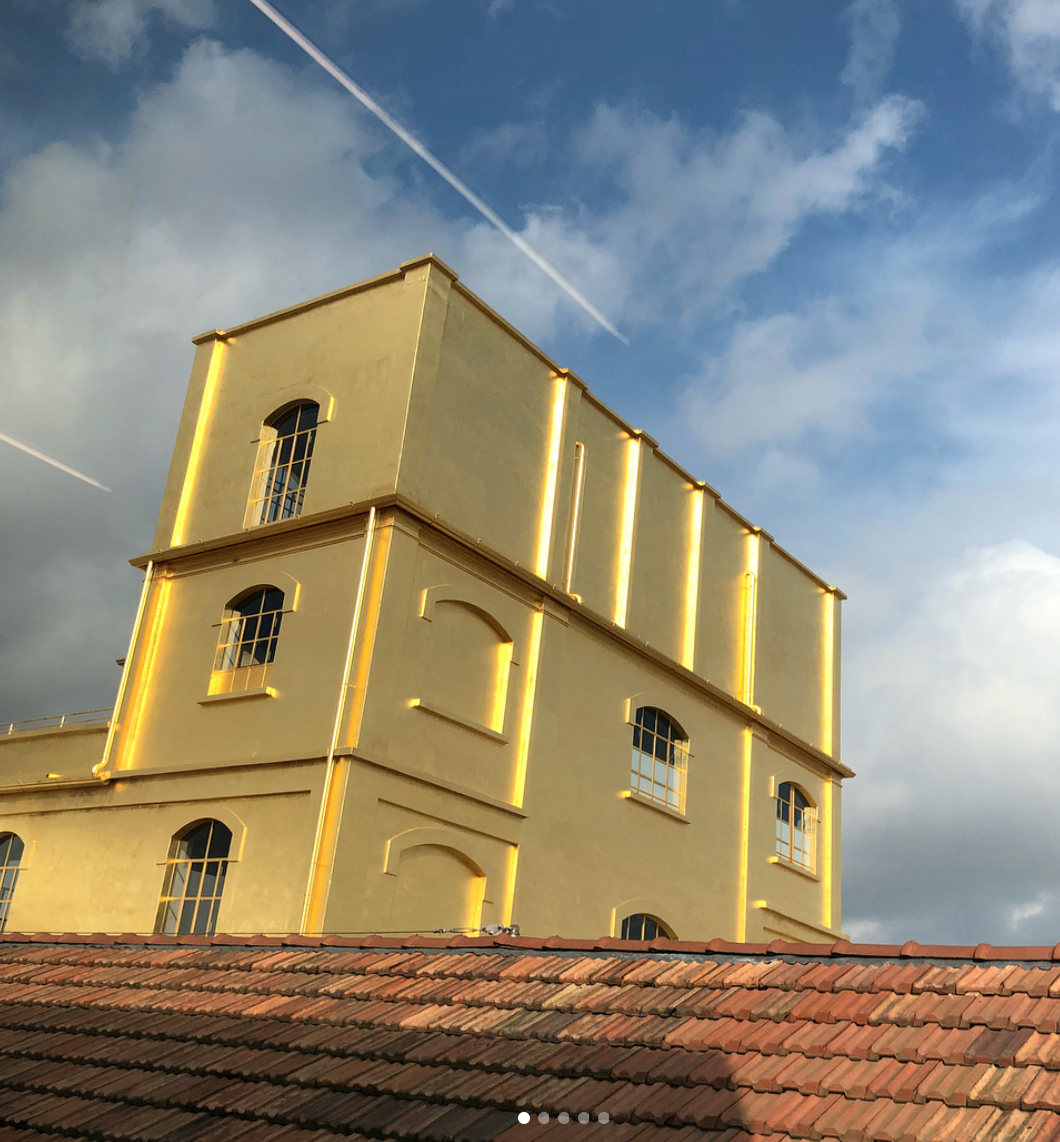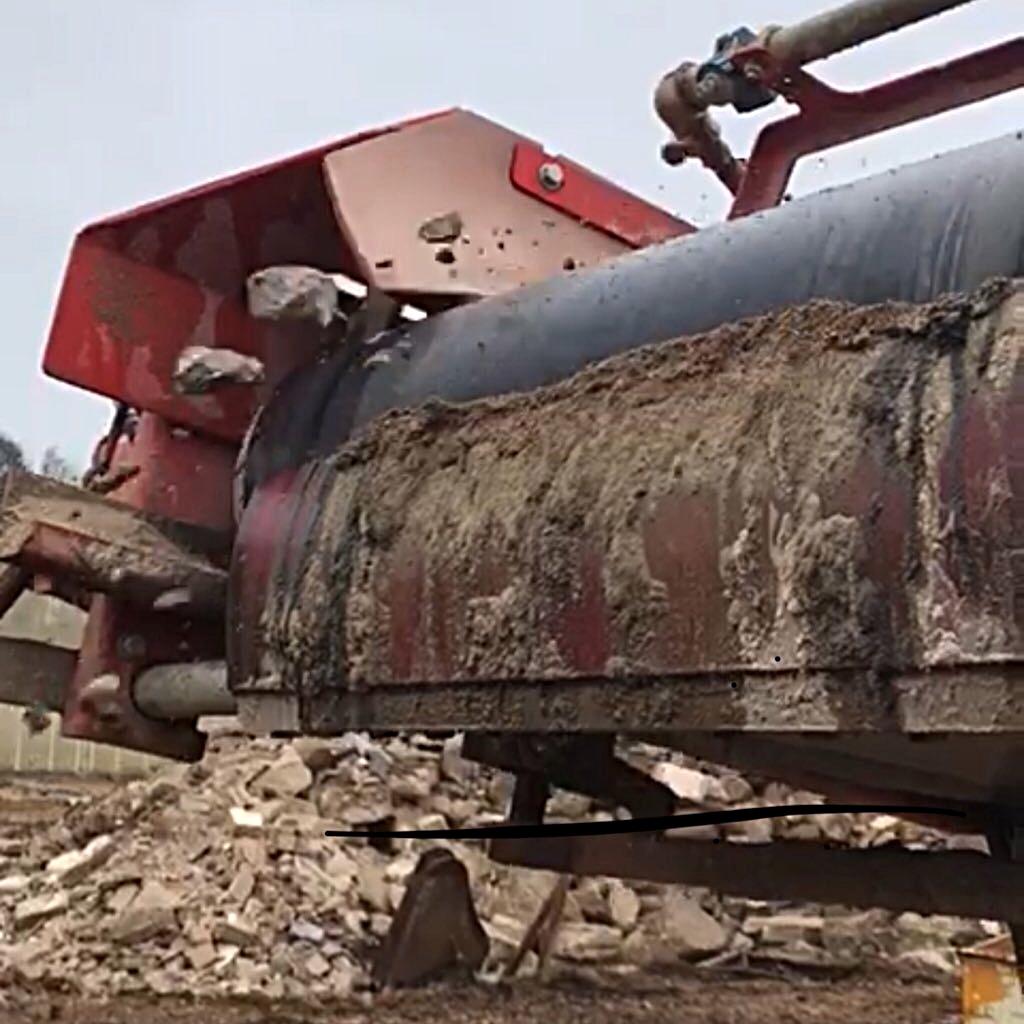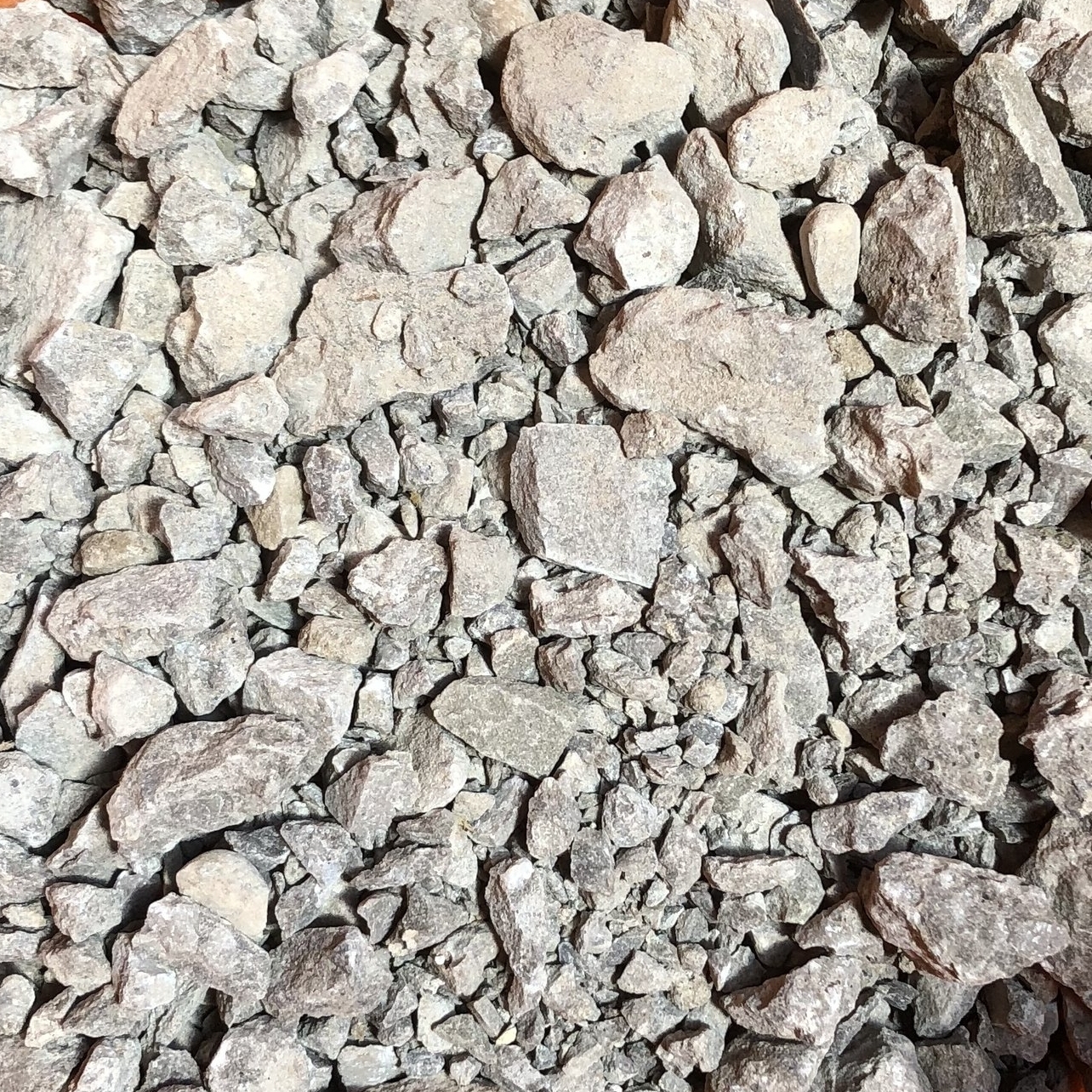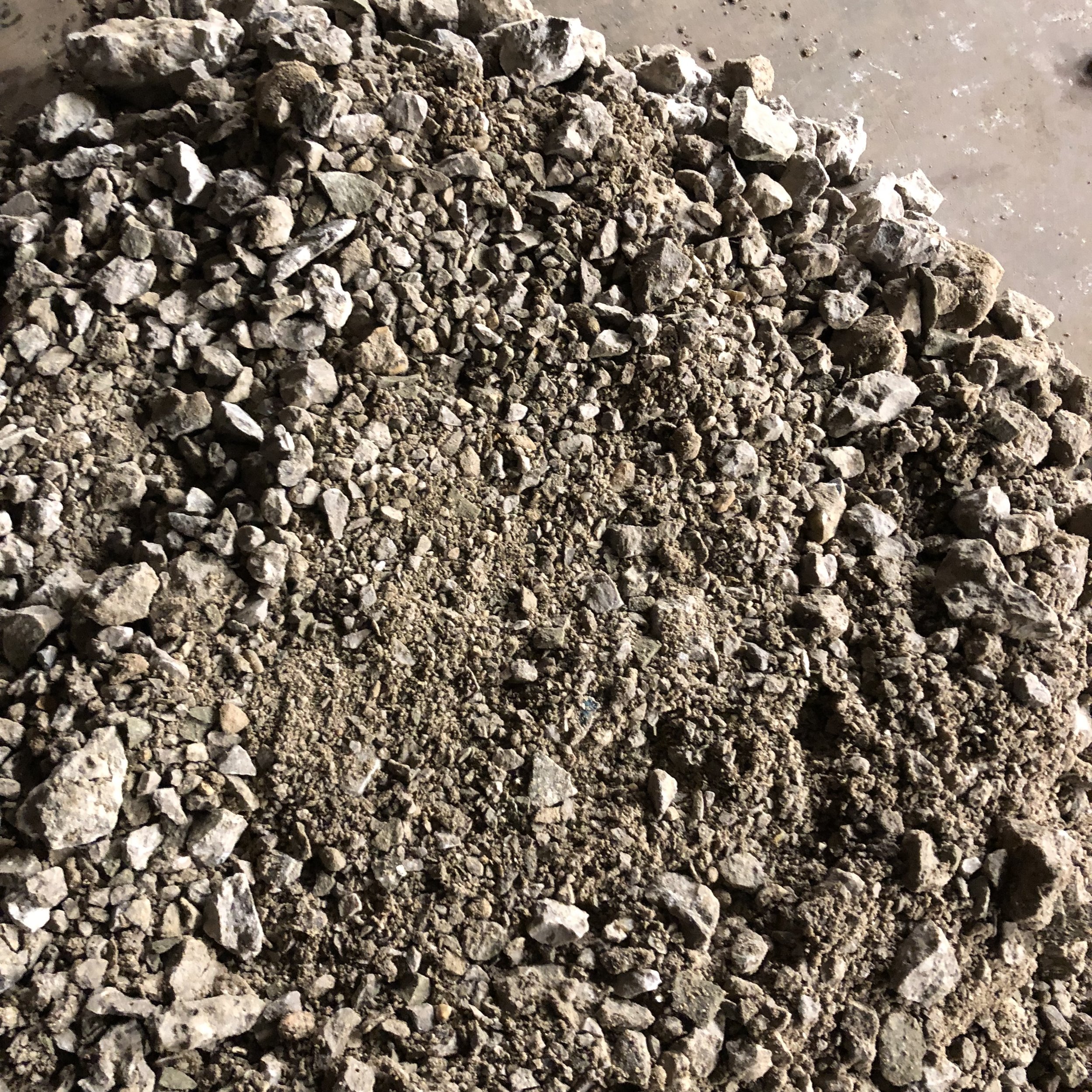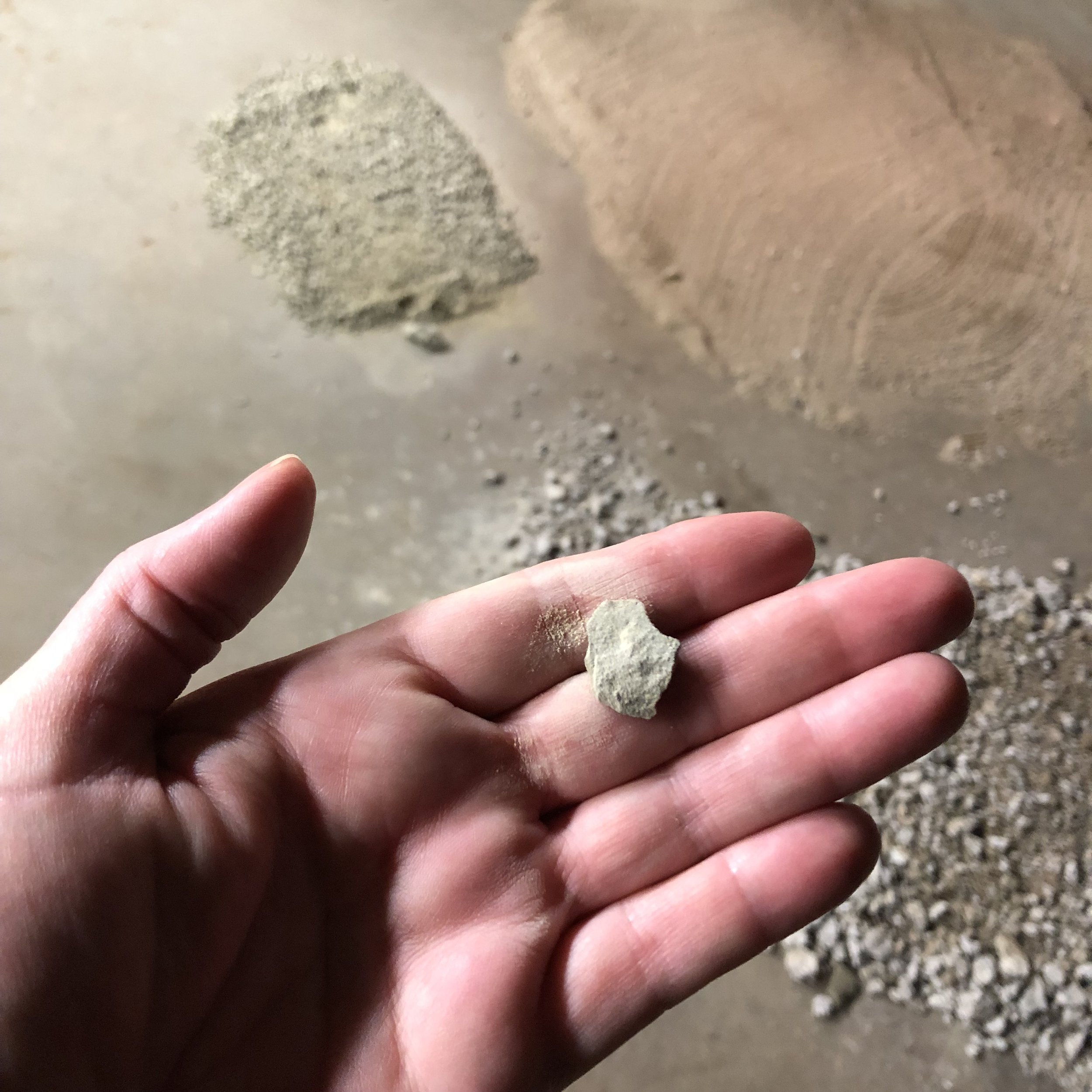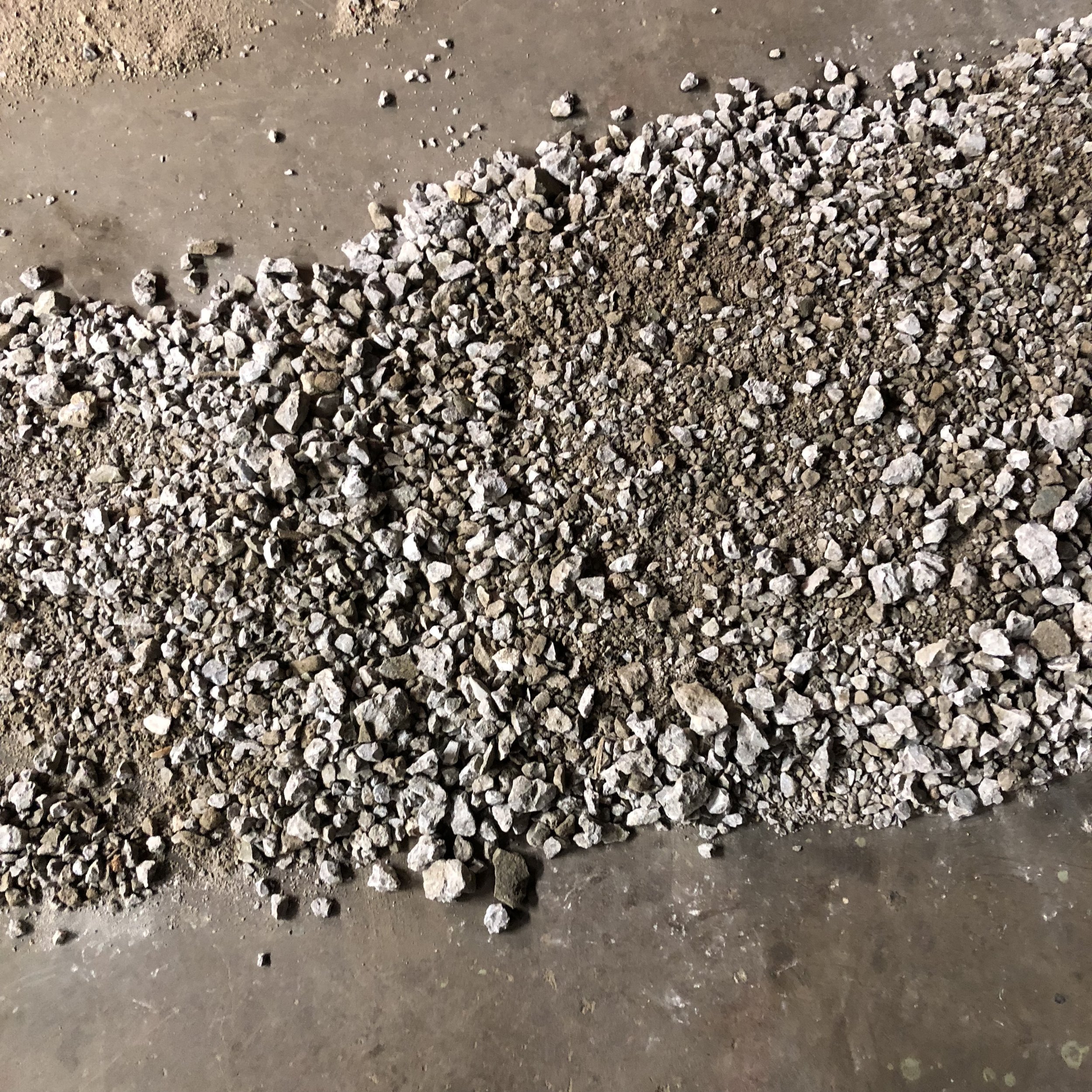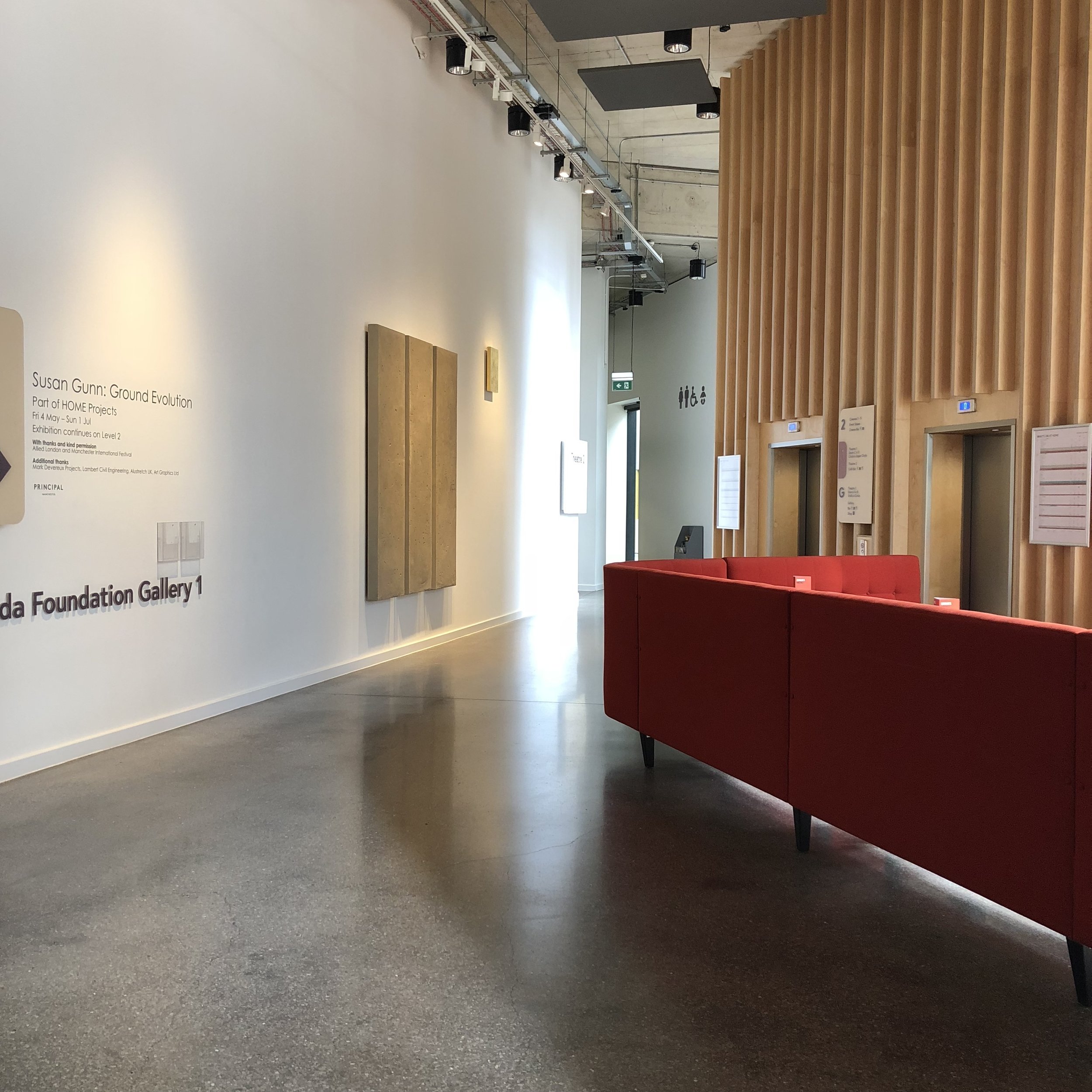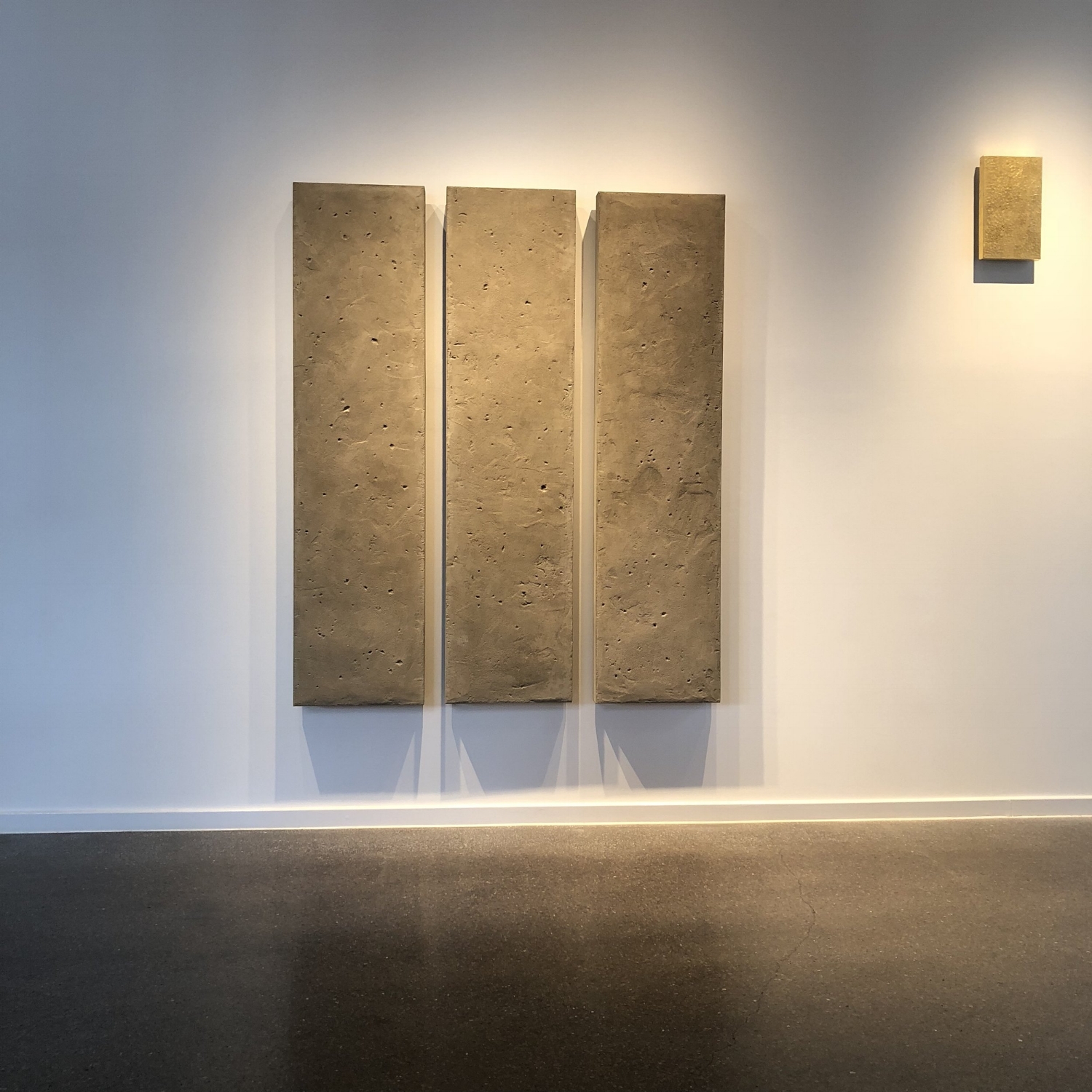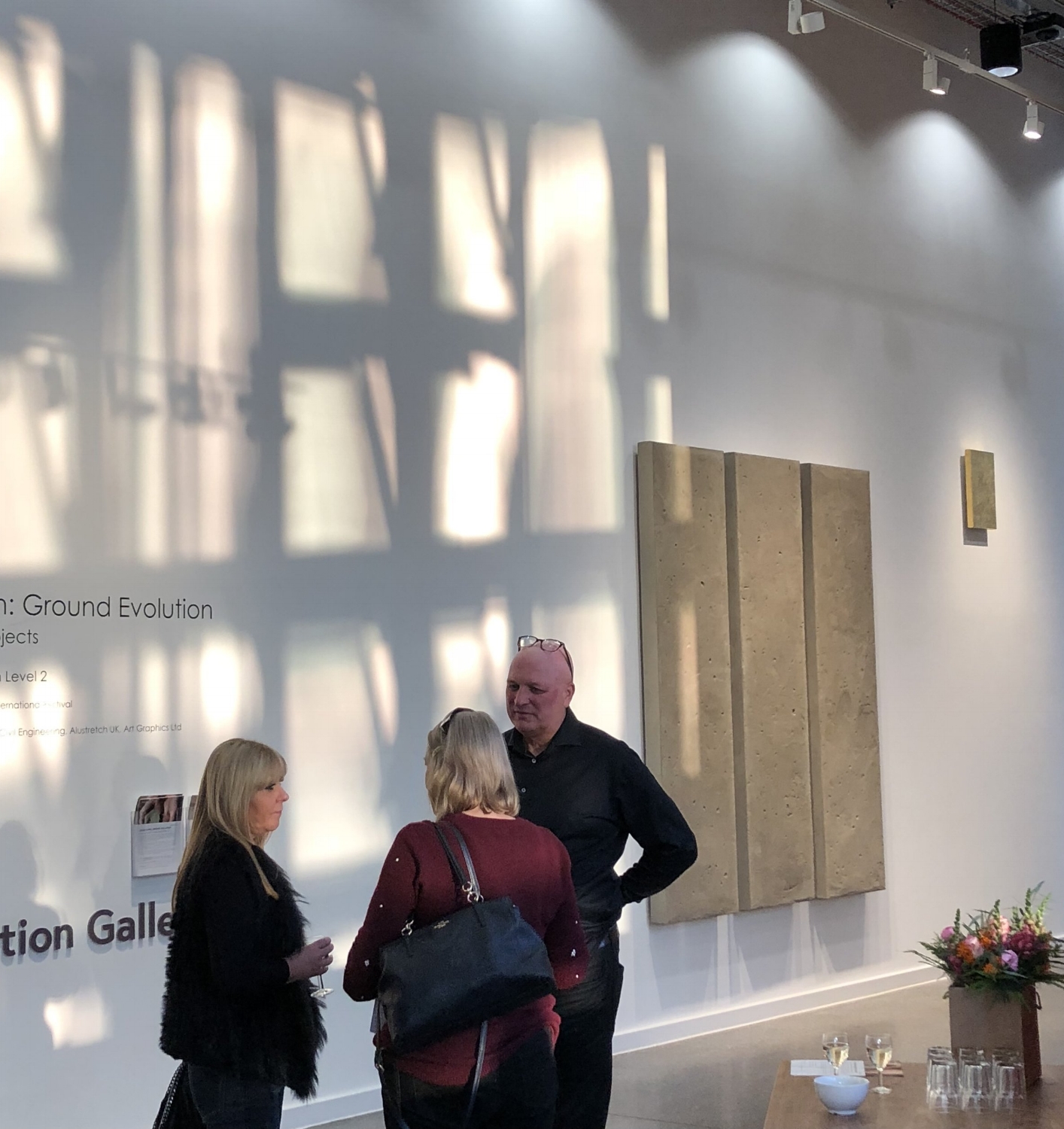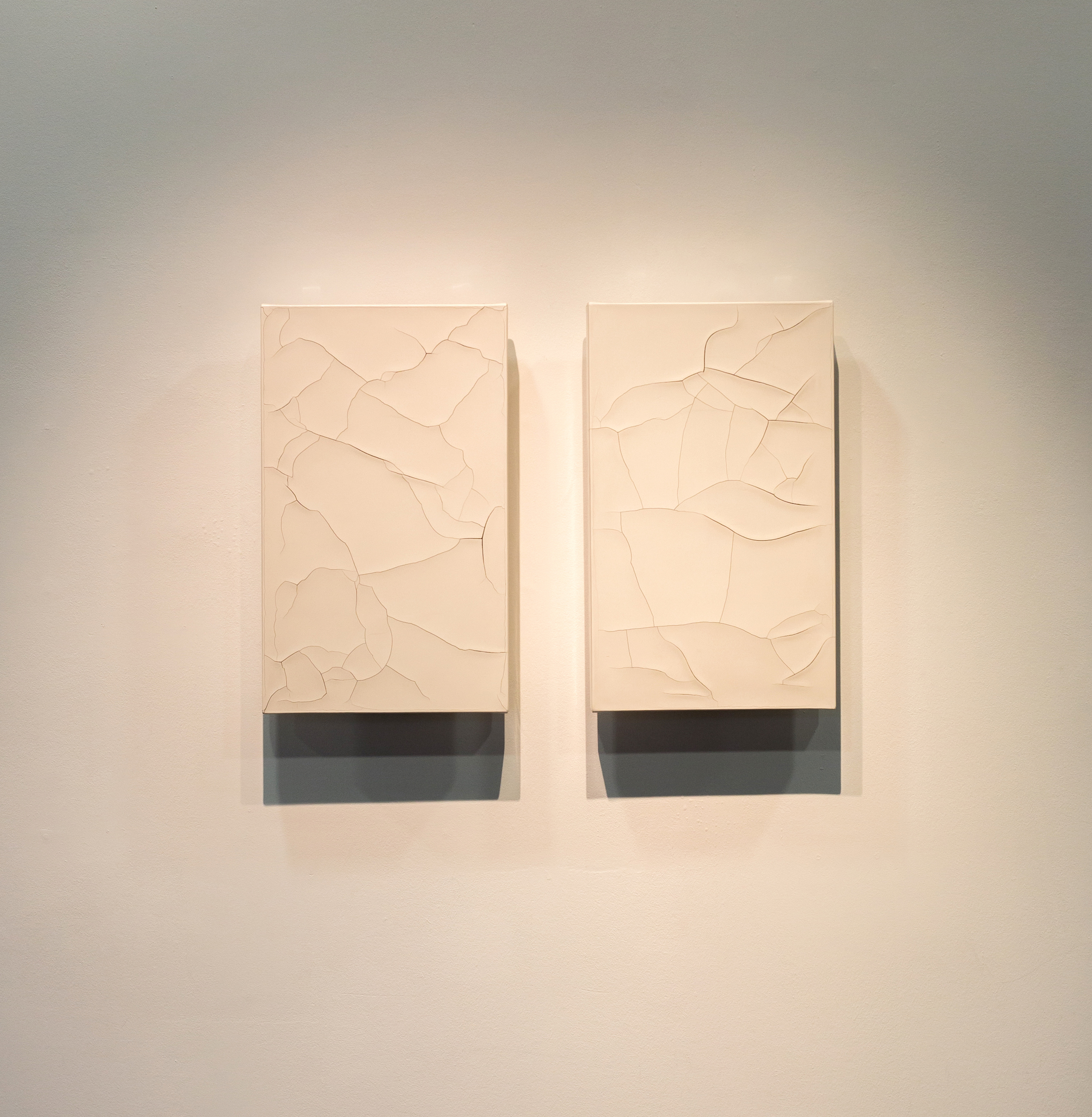Ground | Evolution | HOME Projects
Spring | Summer 2018 Season | HOME Projects | Granada Foundation Galleries 1 & 2 | 4th May - 1st July 2018
G r o u n d E v o l u t i o n
Gunn draws inspiration from the changing evolution of the landscape. Manchester, a city with a rich history, once at the epicentre of the industrial revolution, continues to undergo a significant period of flux and development.
Susan’s desire to create a lasting memorial to this idea came about following the launch of a significant building project during her residence on an Artist development programme on the site of New St. Johns. An event took place at the former Old Granada Studios on 8th July 2017 to launch ‘Factory’ as an exciting new Arts venue.
Special guest Laurie Anderson performed live, before the then, leader of Manchester City Council, Sir Richard Leese, performed a ceremonial breaking of the ground. Acclaimed architect of The Factory, Rem Koolhaas was in attendance alongside dignitaries including Nicholas Serota and Maria Balshaw.
The ‘ground-breaking’ event resonated with the artist whose pre-occupation with the ground and natural materials seemed excitingly pertinent to her desire to convey the story of re-invention through her art and to commemorate this moment in the history of Manchester.
The artist uses a unique technique of building layers of ground earth to create sculptural paintings that are uniquely flawed with breaks, cracks, and nuances embedded in the surface.
With the appropriate permissions’ in place, Gunn excavated earth from the OGS site. The earth she exhumed from the ceremonial site was a mixture of old granite cobbles and modernist concrete. It was subject to an industrial, mechanical process to break it down and transform it into a rubble like material. The final stages of grinding the mixture to a fine dust-like ‘pigment’ was completed by hand with an artists pestle.
Using her signature technique, and adapting it to create an industrial form of a gesso ground; a monumental triptych was created using the re-cycled earth from the specific site of re-development. The work formed the focal point of her solo exhibition in the Granada Studios Gallery at HOME, Manchester; curated by Bren O’Callaghan.
The Ground Evolution triptych is a contemporary monument to the history of the materials and the creative history at the core of the landscape from where the earth was taken. The work aims to express a literal connection to the earth and a primal, human ability to create, regenerate, recycle and transform: a celebration of reinvention and evolution.
A prose response to Ground Evolution by Laura Robertson was commissioned during the show. The text is titled ‘In Cupped Hands’. It is the intention of the artist and poet to perform a public reading of the response when the work is eventually installed in a permanent space.
Since the exhibition the work has been conserved at the artists studio on the Islington Mill site in Salford, a short distance from where the concept and the raw material was retrieved.
It is the artists wish for the work to one day reside in a public space, preferably in the postcode from where it was conceived.
With thanks to:
Katie Popperwell | Allied London | Mark Ball | Manchester International Festival |Mark Devereux Projects | Lambert Civil Engineering | Alustretch UK
Research | Inspirations | Work in progress
HOME | GRANADA FOUNDATION GALLERY | 2018
Ground Evolution
Ground Evolution | Triptych | Recycled earth, concrete, granite & fines, genuine gold leaf, on canvas & bespoke board supports | 245 x 210cm
Exhibition Invites | Ground Evolution | HOME | 2018
The artist used the recycled earth to create individual exhibition invites. The letterpress cards were printed by Manchester based, Lost Heritage.
The postcode from where the earth was retrieved is embossed on each card in Gold. A reference to the architect of Factory, Rem Koolhaas inspired by his use of gold leaf in his design, specifically the Prada Museum in Milan.
The invite cards were customised individually with a swab of the ground earth and signed and numbered by hand.
A lasting piece of the ground unearthed, and a tangible ‘souvenir’ by which to remember the work.
